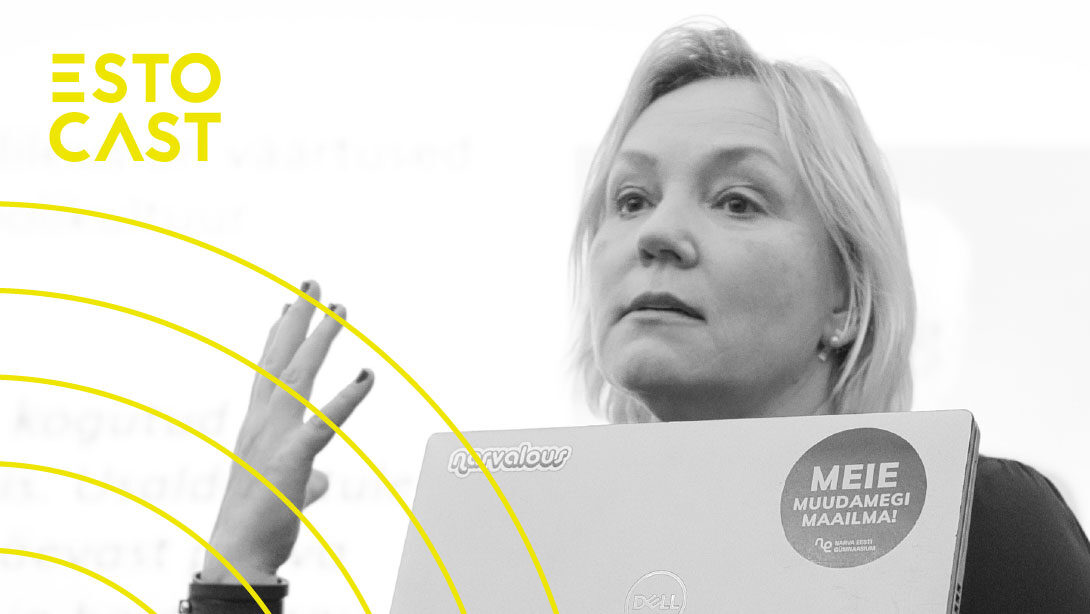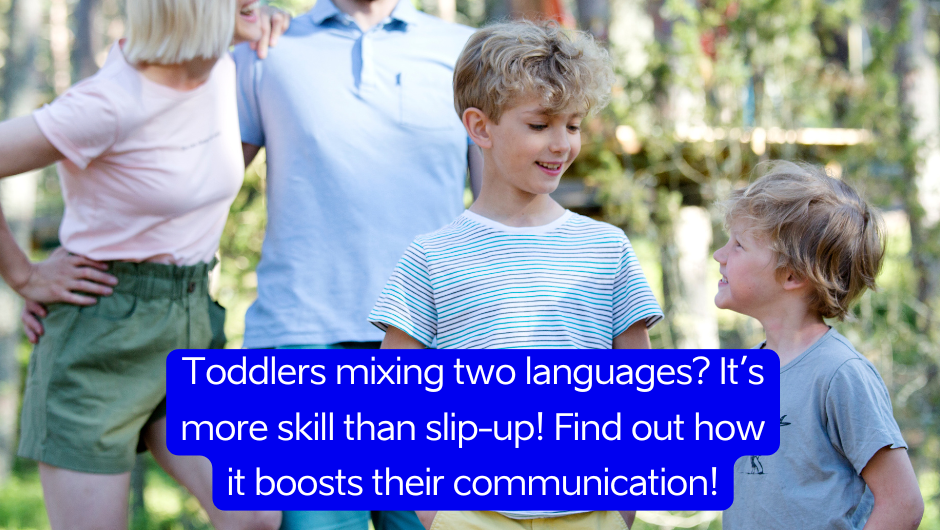For children whose mother tongue is Russian, there are three options: go to Estonian language schools where instruction is 100% in Estonian and Russian is learned as a foreign language, go to Russian-language basic school which starts in Russian, but gradually integrates more and more subjects taught in Estonian, or follow the special bilingual language immersion methodology adopted from Canada, which prepares you to continue in Estonian language high schools (gümnaasium). Ideally, all these paths should give the pupils adequate Estonian language knowledge. But the reality is far from ideal.
Currently, some 20,000 students (16% of all basic school graduates) graduate from Russian schools. In 2021, close to 50% of them could not even pass the language knowledge level (B1) needed for citizenship exams, let alone continuing their studies in high schools with 60% of learning taking place in Estonian. One third of those who fail their language exams are in Tallinn, while two thirds are in Ida-Virumaa. And the problem is not only with the Estonian language as a subject. The international PISA studies have pointed out lower scores for students in Russian-language schools in science and math exams also.
The reasons for these failings are many. Some attribute it to teachers, who teach with old-fashioned methods, lack Estonian language skills themselves but are obliged to teach in Estonian. According to the language inspectorate, 3,200 teachers have not passed the required C1 level of Estonian language knowledge. Some would like to get rid of the school directors who are not taking the necessary steps to hire qualified teachers, but instead try to convince the Ministry of Education that everything is fine. Some blame the Ministry for not inspecting the schools enough. And some blame the students for not putting enough effort into language learning, as it is still possible to live and work in Estonia without knowing Estonian.
As a result, the current Minister of Education and Research Tõnis Lukas has promised to take strict action. That is, to increase the inspections of Russian-language schools during the next school year. The current coalition has made bold plans to transition all schools to Estonian language instruction by 2030. One of the biggest issues is still the general lack of teachers, especially qualified Estonian-language teachers and teachers who would be able and willing to teach subjects in Estonian to children with another mother tongue. For training a new body of teachers, the universities need long term plans and resources. At the same time, many are trying to identify the “carrot” that could motivate young Estonians to take up the challenging job of a teacher and do it in a Russian-language environment. Better pay and a more open and trusting school culture could possibly be the necessary motivator. The job of a teacher has also been boosted by President Karis as one of the most patriotic things an Estonian can do.
At the same time, we should not forget that a large proportion of Russian-Estonians can speak fluent Estonian. Many parents prefer to put their children into Estonian kindergartens and schools or into language immersion programs. Among Russian-language schools, there are also those who are doing their work well and whose pupils shine in both PISA and Estonian language tests. The problem seems to lie with a number of Russian-language schools that are failing their students.
For motivated children, there are also, fortunately, optional extra-curricular initiatives like language cafes (Keelekohvik) where people come together to talk in different languages and take part in student exchanges between Estonian and Russian-language schools and families. These exchanges can provide young Estonians with useful language practice in Russian; while for Russian-Estonian children, this can be their first chance to be in an Estonian language environment, make Estonian friends, and have a stronger feeling of belonging within Estonian society. Integration is, after all, a two-way process that includes accepting people as they are and seeing their differences as a richness. Including more students from different language backgrounds into Estonian schools should not be feared, as it will make these schools, and society as a whole, stronger.
Russian-language schools are facing a big challenge to give all students the necessary knowledge of the state language and transition into Estonian language teaching. But they will have to cope with it, otherwise they are failing both their students and the Estonian state. Again, good, motivated teachers are vital to solve this issue.




